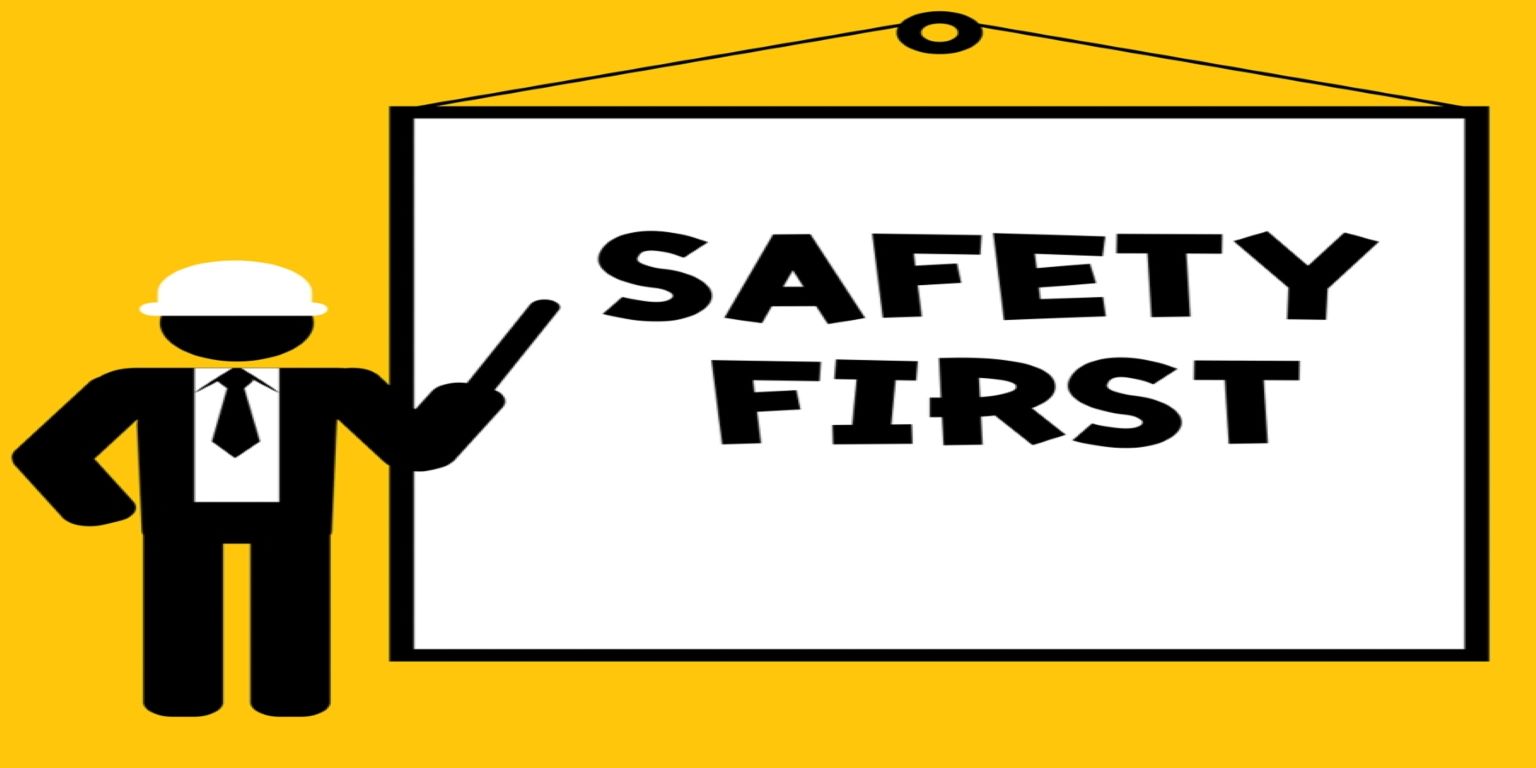
Workplace Safety Training
It’s no secret that while workplace safety training is critically important there are many employers who view the actual training session as an inconvenient disruption to the workday. Training sessions can take workers off their jobs resulting in a costly loss of production time but also workers may be unfocused or distracted in the training sessions due to the work responsibilities they’re missing while taking the training. This distraction can result in the workers not properly retaining the safety training information being presented, creating a potentially dangerous workplace.
The solution is not longer training sessions or more extensive testing. The key is to make the training class time more effective. By making simple changes to the way the trainers present their information, the participants can then focus on the importance of the training and better understand that safe work practices don’t end when the training session is finished.
The main safety training options available to employers are Onsite training and Online training , but no matter what method you choose, information retention by the employee is critical. Stronger retention results in better safety awareness in the workplace, reduced injuries with less working hours lost and increased productivity and profitability for the company.
Before any training starts, companies must assess their own corporate safety culture and ensure that goals such as zero workplace accidents are clearly demonstrated by management to the entire workforce. If management regularly communicates the safety vision for the company, then the workers will know that there is no excuse for not meeting the safety standard. Once this corporate safety culture is established, any safety training can then be built to communicate in this direction.
If the company is willing to invest the time and resources into developing appropriate internal courses or hosting outside workplace safety training companies this will speed up the understanding and information retention of the worker. By investing in a variety of current training materials like videos, slides and interactive exercises, workers will recognize the value that the company places on their safety. These materials or programs may be more expensive to develop or purchase when compared to text based materials, but when presented correctly with timely session breaks, they will increase learning retention, keep the training sessions upbeat to avoid boredom and increase safety levels for everyone.
To help keep things fresh a company can also bring in an expert guest speaker. Industry experts are usually affordable and can bring many different safety perspectives and experiences that in-house training staff may not have. These experts can help further drive the company’s safety culture and employees will gain new knowledge from it.
The most important outcome of safety training is that the worker will now use the new information they have learned once the training sessions are completed. To assist with this, it is very important for the company to conduct regular safety meetings that reinforce proper safety behavior.
All companies must emphasize hazard identification in their workplace safety training and provide proper safety procedures for every workplace job function and equipment. If a company can implement regular evaluations to reinforce important safety topics, this is the start of creating a great safety culture working towards reducing workplace injuries.
Recent Blogs
- National Day of Mourning - April 28
- Is Onsite Safety Training Cost-Effective?
- Counterbalance Forklift Training Vaughan
- Confined Space Training
- Propane Safety Training Course: Handling Propane Safely in Construction
- Transportation of Dangerous Goods
- Forklift Safety Training (Counterbalance)
- Reach Forklift Training Whitby
- FIRST AID & CPR TRAINING
- Forklift Operator Training in Ontario
- Aerial Lift Facts
- Why Onsite Safety Training Is Popular
- Scissor Lift and Genie Boom Training In Toronto
- Silica Awareness and Safety Training
- Chainsaw Safety
- Reach Forklift Training Pickering
- Spill Training Richmond Hill
- Reach Forklift Training in Ajax
- Spill Response Training Vaughan
- Working at Heights Training in Ontario: Protecting Your Most Valuable Asset - Your Employees

